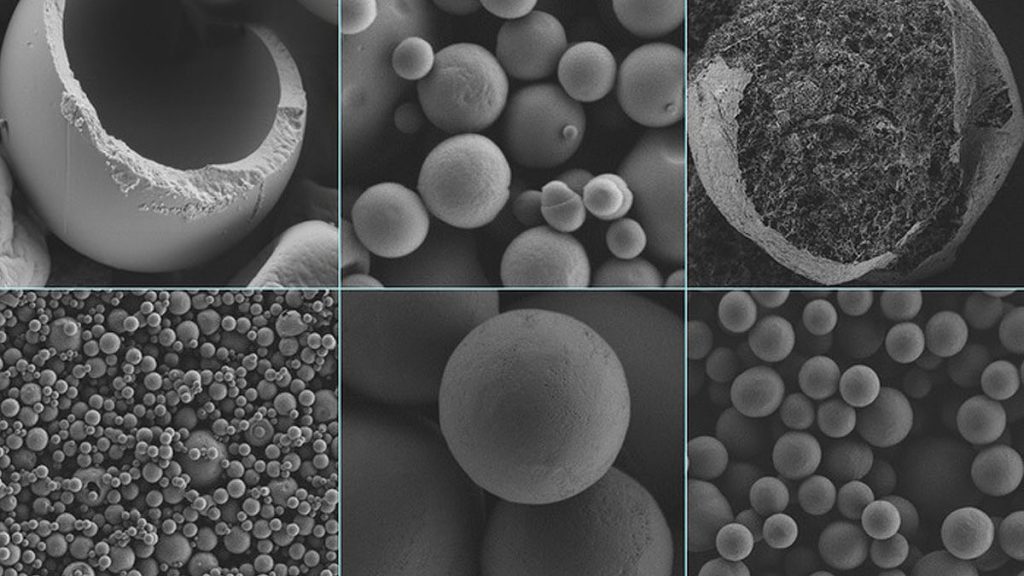A major environmental concern, microplastics are added to many common products, including cosmetics and paints. New research suggests that these could be beneficially replaced by biodegradable silk microbeads.
Advantageously replace plastic microbeads
The microplastics are absolutely everywhere, from the oceans to the most isolated and hostile regions of the globe. Also taken up by living organisms, these tiny particles linked to a growing number of health problems have recently been detected in human blood, as well as that of farm animals. While most of it comes from the breakdown of plastic in the environment, it turns out that we’ve been adding it to a wide range of products for decades.
Found in detergents, cosmetics, toothpaste, shampoos, paints and other chemicals, microplastics give paints a nice shine, make facial scrubs abrasive, and can help control the release of chemicals like herbicides. According to estimates, these primary microparticles represent between 10 and 15% of the microplastics present in the environmentand it is precisely on them that the new study, published in the journal Small, looked.
The alternative devised by MIT researchers aims to replace plastic microbeads with silk microbeadsa common material with the same functions of encapsulating chemical substances and biodegrades quickly and safely. While obtaining textile-grade silk involves meticulously unrolling the cocoons, these are simply dissolved in water through a process that is simple, scalable and achievable using existing infrastructure to manufacture these microbeads.

Even better, this process makes it possible to use inferior quality silk, currently largely wasted. The silk coatings obtained can be treated in such a way as to give them different properties depending on the intended use.
Promising results
In lab experiments, the team used a common spraying process to create controlled-release silk capsules that contained a herbicide and dissolved in water. Tested on corn in a greenhouse, these devices not only exhibited similar efficacy to existing products, but also greatly reduces crop damage (0.8% only against 25% for the non-encapsulated herbicide).
These silk capsules could advantageously replace primary microplastics in most of the products to which they are currently added, including cosmetics, or even be used for the coating of drugs, since silk also breaks down safely in the body.
According to the team, the identical or even better performance of this biodegradable alternative to synthetic polymers and the relatively simple production processes to obtain it pave the way for its commercial use.
[related_posts_by_tax taxonomies=”post_tag”]
The post These silk capsules promise to remove microplastics from many common products appeared first on Gamingsym.

